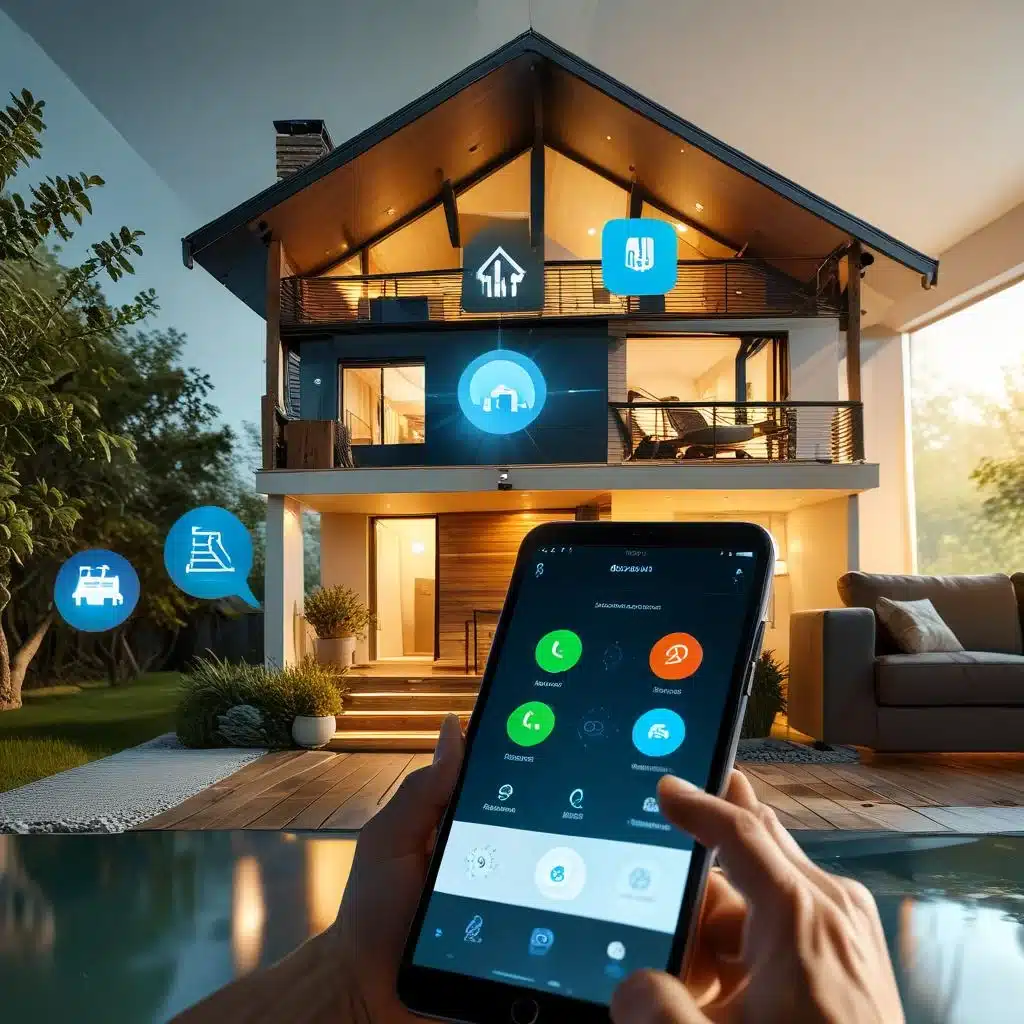Table of Contents
Creating a home that captures attention and admiration is not random; it results from deliberate and thoughtful design choices and distinctive materials and architectural style selections. From cutting-edge materials to the latest smart technology, this article will guide you through various ways to incorporate unique exterior features into your home. These additions make your home stand out visually and significantly enhance its market value and overall appeal, ensuring that your residence makes a lasting impression.
Innovative Materials
The choice of materials can dramatically affect your home’s presence. Modern composite materials offer durability and versatility, while eco-friendly options like recycled wood or bio-glass add sustainability and a conversation piece to your home’s exterior. These materials reflect a modern aesthetic and demonstrate a commitment to environmental responsibility.
Using unconventional materials can also help set your home apart from the neighborhood. For instance, using corten steel for accents provides a rich, rustic look that ages beautifully over time. Using such materials requires thoughtful design consideration to ensure they complement the home’s overall style and the surrounding landscape.
Architectural Elements
Distinctive architectural elements are the cornerstone of a home’s character. Think beyond traditional designs and consider incorporating dynamic facades or windows in unconventional shapes. Such features break the mold and improve natural lighting and interior aesthetics.
Integrating natural elements like living walls or water features can blur the line between indoor and outdoor spaces, making the architecture a living part of your landscape. These elements can transform static walls into vibrant features of your home, promoting a healthier environment and increasing curb appeal.
Color and Texture
Choosing a suitable color scheme can make your home stand out. Bold, contrasting colors highlight architectural details, while a more subdued palette can enhance a home’s natural surroundings. Color choices should be made considering durability and fading, especially in climates with intense sunlight.
Textures play an equally important role; rough stone cladding or sleek metal panels can add depth and intrigue to the exterior, engaging onlookers and complementing the landscape. Textural contrasts can be particularly effective, such as combining smooth render with rough natural stone, to create visual interest and tactile variety.
Lighting Design
Adequate lighting transforms a home’s exterior at night, accentuating architectural details and enhancing security. Incorporating different types of lighting, such as ambient for general illumination, task lighting for security, and accent lighting to highlight features, can create a dramatic effect.
Beyond functionality, exterior lighting can also enhance the mood and ambiance of outdoor spaces. Strategically placed lights illuminating pathways, accentuating landscaping, or washing building facades can turn ordinary exteriors into spectacular nightscapes.
The Importance of Roofing
The roof is more than just a protective covering; it’s a key aesthetic element of your home’s design. Exploring materials like terra cotta tiles or modern metal shingles adds style and functionality. Partnering with a professional metal roofing company ensures high-quality installation, enhancing durability and performance.
Options like slate or recycled rubber offer unique textures and colors, boosting the roof’s visual appeal. Green roofs also stand out for sustainability. They provide insulation, improve air quality, and reduce runoff, enhancing your home’s energy efficiency and environmental impact.
Landscaping as a Design Feature
Landscaping should harmonize with the architectural style of your home. Thoughtful placement of trees, shrubs, and flowers can frame and enhance architectural features, not overshadow them. Effective landscaping considers the plant’s aesthetic, growth patterns, and maintenance needs.
Incorporating water features or sculptural elements adds movement and interest, creating a dynamic garden that complements the built environment. Whether it’s a reflective pond, a cascading waterfall, or an abstract sculpture, these features serve as focal points that draw the eye and soothe the spirit.
Integration with the Environment
Designing with an awareness of the surrounding landscape ensures that your home sits comfortably within its environment. This might mean choosing colors that reflect the local geography or materials traditionally used in the area. The goal is to enhance, not compete with, the natural beauty around your home.
Sensitive integration involves considering the topography and orienting the home to take advantage of views and natural light. This approach maximizes the aesthetic value and enhances the home’s energy efficiency, leveraging natural assets like sunlight and wind patterns.
Smart Home Features
Incorporating smart technology into your home’s exterior increases functionality and future-proofs your property. Smart lighting systems that adjust based on natural light levels, security cameras that can be monitored from your smartphone, and automated irrigation systems all add layers of technological enhancement that blend convenience with modernity.
Smart features also extend to energy management, with systems that efficiently monitor and control energy use. These innovations are good for the environment and can reduce household expenses in the long term, making innovative technology a wise investment for contemporary exteriors.
Conclusion
Designing a home with unique exterior features demands creativity, strategic planning, and a keen eye for aesthetics. By carefully selecting suitable materials, incorporating innovative architectural elements, and integrating cutting-edge smart technology, you can create a space that not only stands out for its design but also excels in functionality.
In conclusion, go beyond the basics when planning your home’s exterior. Strive for a design that articulates your unique vision while considering the practical aspects of maintenance and energy efficiency. The exterior of your home creates the first impression; thoughtful and deliberate design choices can enhance its curb appeal and your daily enjoyment. Whether you are updating a few key features or embarking on a complete renovation, each decision plays a crucial role in forging a distinctive home that reflects your style and lifestyle.


